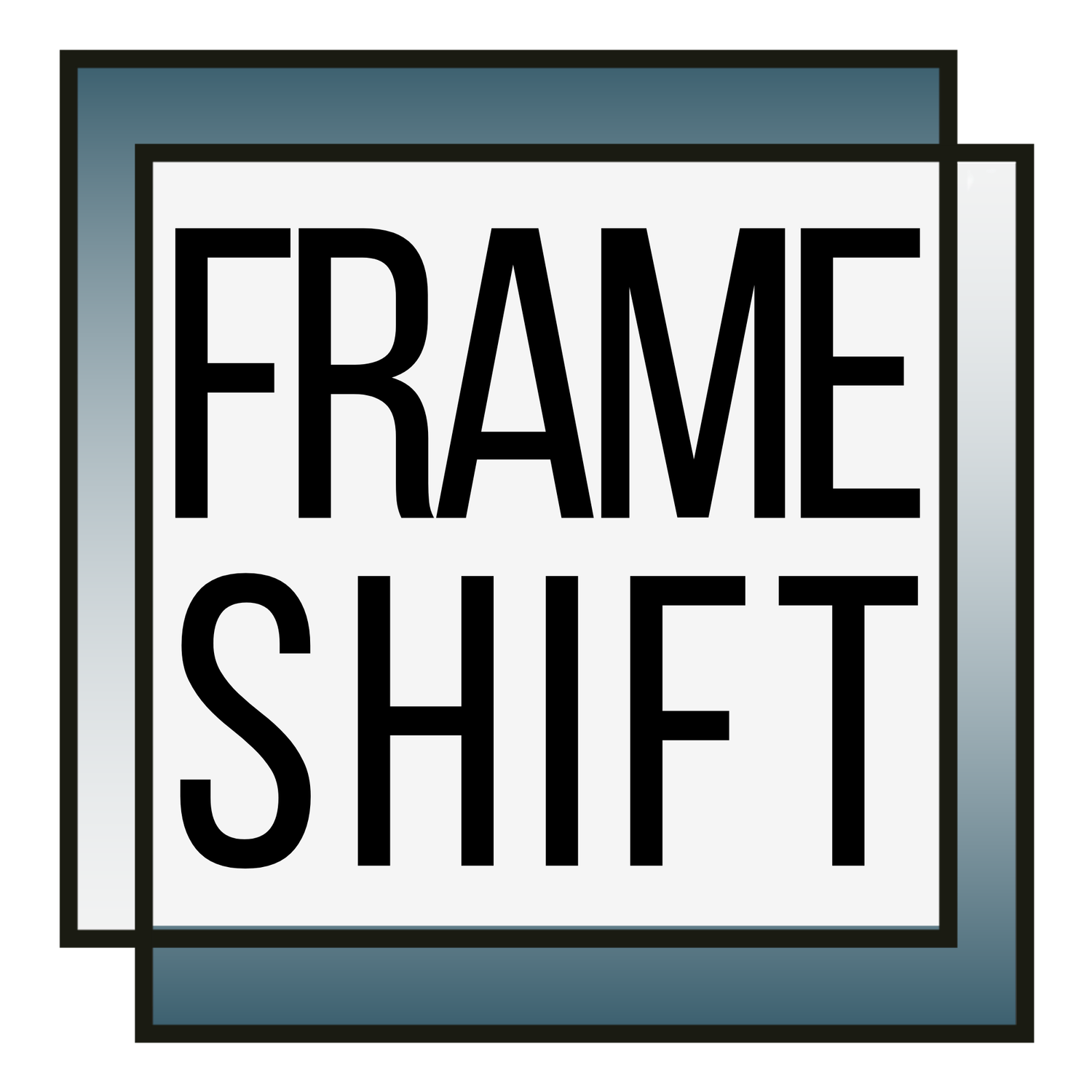Emotional Burnout vs. Mental Burnout: Why High Performers Miss the Signs
You’re still handling what needs to be handled.
Still checking the boxes.
Still hitting the deadlines.
Still showing up with composure.
But if you’re honest?
You feel… off.
Your clarity is dimmed.
Your energy doesn’t return - even after rest.
You feel emotionally tired but can’t afford to collapse.
And the worst part?
It’s hard to explain what’s wrong - because on paper, nothing is.
That’s what makes emotional burnout so difficult to name — especially if you’re a high-achiever who's been conditioned to push through mental fatigue, emotional dissonance, and identity strain without pause.
Let’s untangle the subtle but important difference between emotional burnout and mental burnout — and why knowing which one you’re navigating can change everything.
✧ First, Let’s Get Clear: What Is Mental Burnout?
Mental burnout happens when your brain hits capacity.
It’s a cognitive overload - usually from constant decision-making, pressure to deliver, overstimulation, or lack of rest.
Common signs of mental burnout include:
Decision fatigue
Trouble concentrating
Overthinking everything
Forgetting small tasks
Feeling mentally numb
Becoming more irritable than usual
If you're mentally exhausted but can’t stop, this is often the source.
You’re drained - but you’re trying to outwork it with focus.
But what happens when you take time off… and still don’t feel like yourself?
That’s where emotional burnout enters.
✧ Emotional Burnout: The Quiet Signal That You’ve Gone Numb
Emotional burnout is often overlooked because it doesn’t always interrupt your performance.
You might still be doing everything - showing up, responding to emails, showing leadership.
But inside, you feel:
Numb
Disconnected
Quietly overwhelmed
Like you’re “off,” but can’t articulate why
Like you’re tired of being the strong one
You may even catch yourself thinking:
“I’m tired of holding it all together.”
“I don’t feel like myself anymore.”
“I just want to disappear for a few days - but I can’t.”
These are signs of emotional exhaustion, not laziness, weakness, or failure.
It’s a nervous system that’s asking for reconnection — not reinvention.
✧ Why High Achievers Often Miss Emotional Burnout
High-functioning individuals - entrepreneurs, leaders, visionaries - often override emotional cues in favor of performance.
You were taught to:
Stay in “go mode”
Push through exhaustion
Keep others comfortable
Deliver, no matter the internal cost
But the truth is, many of us learned to perform before we learned to listen.
Which means when emotional burnout shows up - through quiet numbness, identity dissonance, or lack of clarity — we’re likely to mislabel it as laziness or stress.
In reality, it’s a signal:
You’ve been emotionally overcommitted… and it’s time to come back to yourself.
✧ Key Differences Between Mental and Emotional Burnout
Mental Burnout
Emotional Burnout
Brain feels foggy or overstimulated
Heart feels flat, disconnected, or numb
Difficulty focusing or remembering
Lack of joy, lack of “spark”
Feels solved by rest or time off
Doesn’t lift even after resting
Leads to irritability and fatigue
Leads to disengagement and misalignment
Often triggers productivity guilt
Often triggers identity questioning
Recognizing the difference is the first step toward real recovery — especially for people who are still high-functioning on the outside.
✧ You Might Be Experiencing Emotional Burnout If…
You’re still doing your job, but feel emotionally vacant
You have no bandwidth for meaningful conversation
You feel like you’re performing your life, not living it
You’re exhausted from pretending to be okay
You no longer feel clear on what matters to you
You’ve been second-guessing everything lately
You keep wondering, “Is this it?” — even when you’re succeeding
If this is resonating…
You don’t need to blow up your life.
But you do need space to hear yourself again.
✧ So What Actually Helps?
Here’s what doesn’t work:
More mindset hacks
A productivity app
Taking a vacation and hoping to “bounce back”
Pretending you’re fine while over-functioning behind the scenes
What does work is something quieter - and much more honest:
A structured pause.
A way to reconnect with your internal clarity — before your next decision.
A reflection space that doesn’t require collapsing to be valid.
✧ A Framework for Burnout Recovery (That Doesn’t Require a Breakdown)
The Frame Shift Method was created for this exact moment - the moment you realize:
You’re not broken, but you are out of sync
You don’t need a reinvention, but you do need a reset
You’re high-performing, but no longer aligned
This 6-week clarity process is designed to help emotionally misaligned, high-achieving people come back into direction - without pressure, performance, or fluff.
You don’t need a coach shouting “You’ve got this!”
You need calm, clear, conscious decision-making- the kind that comes from quiet reflection, not reactive action.
→ Explore how the 6-week method works
If you’re mentally tired, the world gives you permission to rest.
But if you’re emotionally burnt out? You often have to give yourself that permission.
And sometimes, the most powerful clarity doesn’t come from changing your whole life -
it comes from finally listening to what’s been quietly true all along.
